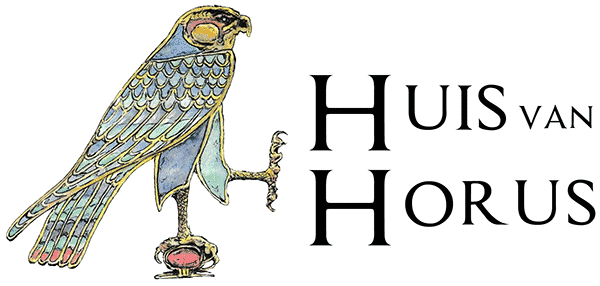Archief

10 juni 2024 | Het Oude Rijk onthuld – museumcollege Rijksmuseum van Oudheden
Geniet van de jarenlange expertise van dr. René van Walsem op het gebied van Egyptische archeologie en kunstgeschiedenis tijdens deze interactieve rondleiding.
Exclusief Museumticket
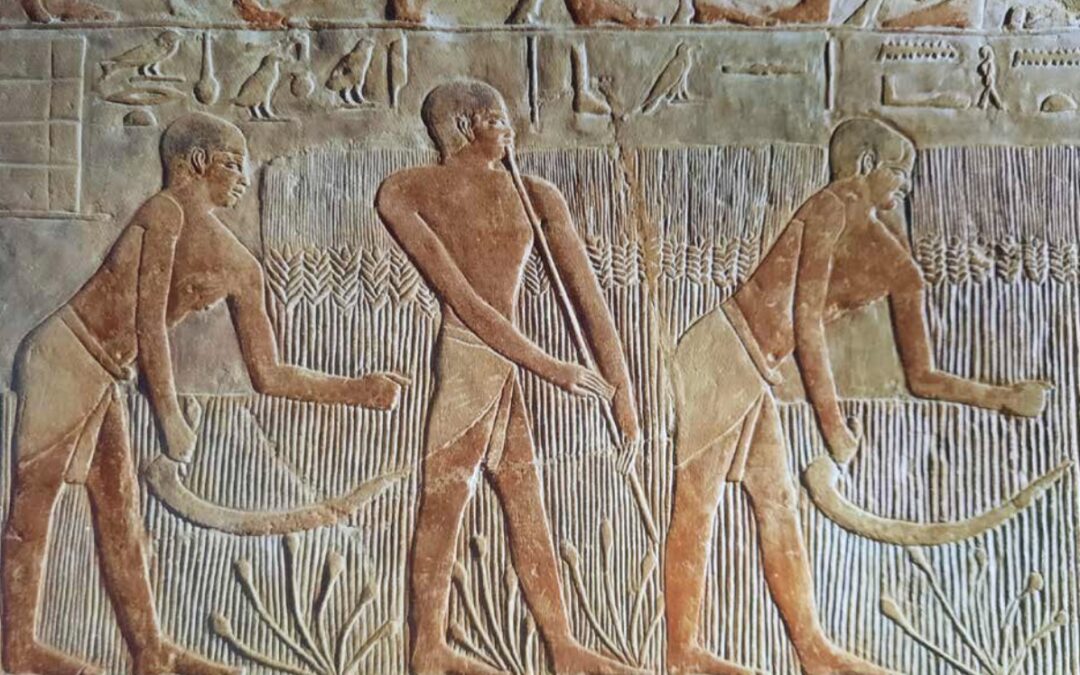
15 juni 2024 | Zingend aan het werk: arbeidsliederen in de elitegraven van het Oude Rijk
De lezing in het Rijksmuseum van Oudheden gaat over arbeidsliederen die in verschillende graven van Giza en Sakkara, maar ook in andere grafvelden van het oude Egypte worden aangetroffen.

22 – 24 juni 2024 | Stedentrip Hannover en Hildesheim
Stedentrip Schatten van het Oude Rijk: Egypte in Hannover en Hildesheim Ervaar de charme van Hannover en Hildesheim tijdens onze excursie vol culturele ontdekkingen! Verken de egyptologische collecties van twee toonaangevende musea, waarbij het Oude Rijk centraal...
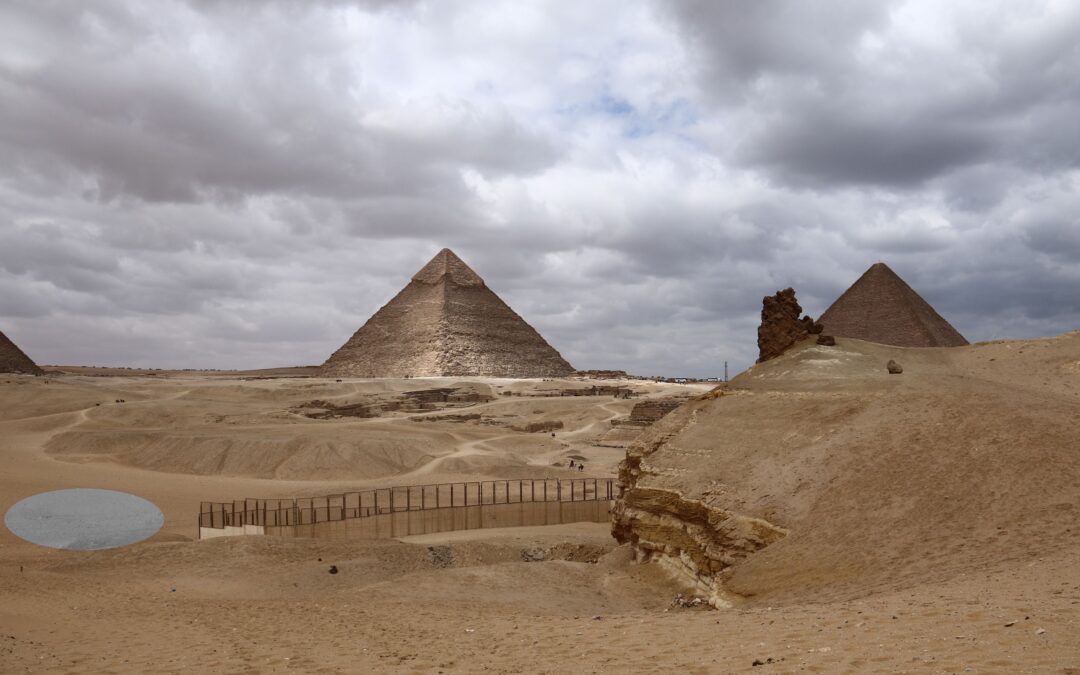
27 juni 2024 | Chisels, adzes, axes and saws: metal tools of the Old Kingdom pyramid builders
In deze lezing bespreekt dr. Martin Odler de huidige stand van het onderzoek naar koperen gereedschappen die in het Oude Rijk door ambachtslieden werden gebruikt: niet alleen om piramides te bouwen, maar ook om andere materialen vorm te geven. Een aantal van de mythes over dit onderwerp zullen worden toegelicht, evenals de nog openstaande onderzoeksvragen.
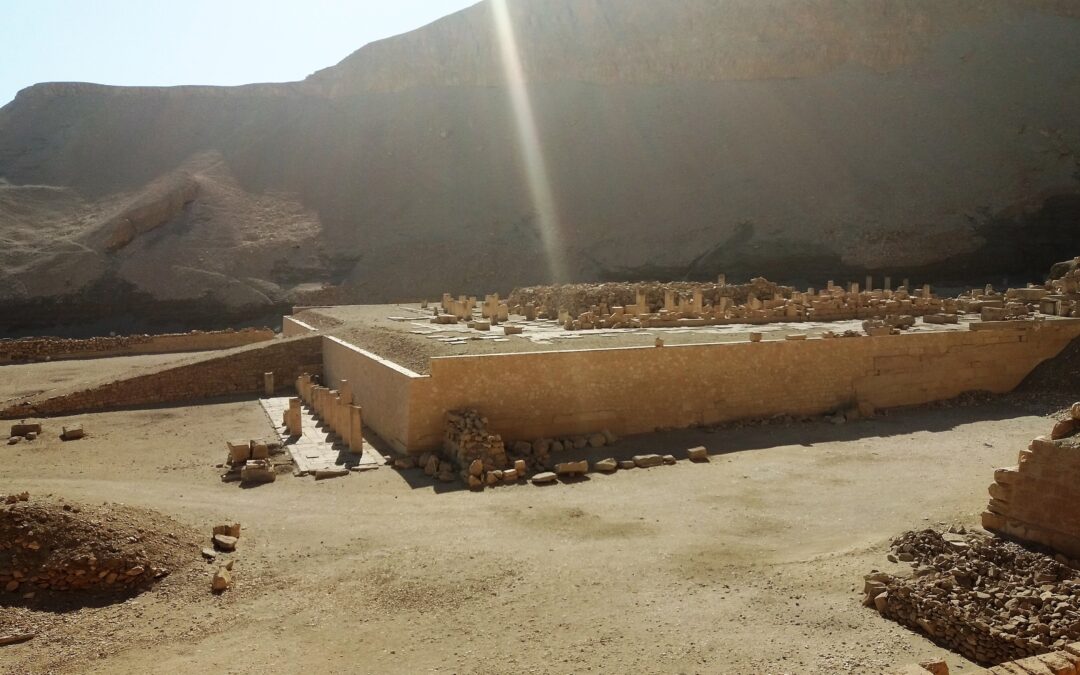
19 maart 2024 | De gedecoreerde muurfragmenten uit de tempel van Mentoehotep II in Deir el-Bahari
Aan de hand van iconografisch materiaal tracht Maarten Praet in zijn doctoraatsonderzoek om ons begrip van de regeerperiode van koning Mentoehotep II fundamenteel te kunnen verbeteren.

12 april 2024 | Rondleiding tentoonstelling Oog in oog | Allard Pierson
Op 12 april zal Ben van den Bercken, conservator Collectie Egypte en Soedan bij het Allard Pierson, een rondleiding verzorgen door de tentoonstelling Oog in oog – De mensen achter mummieportretten. Om de middag goed af te sluiten drinken we na afloop een drankje in het museumcafé.
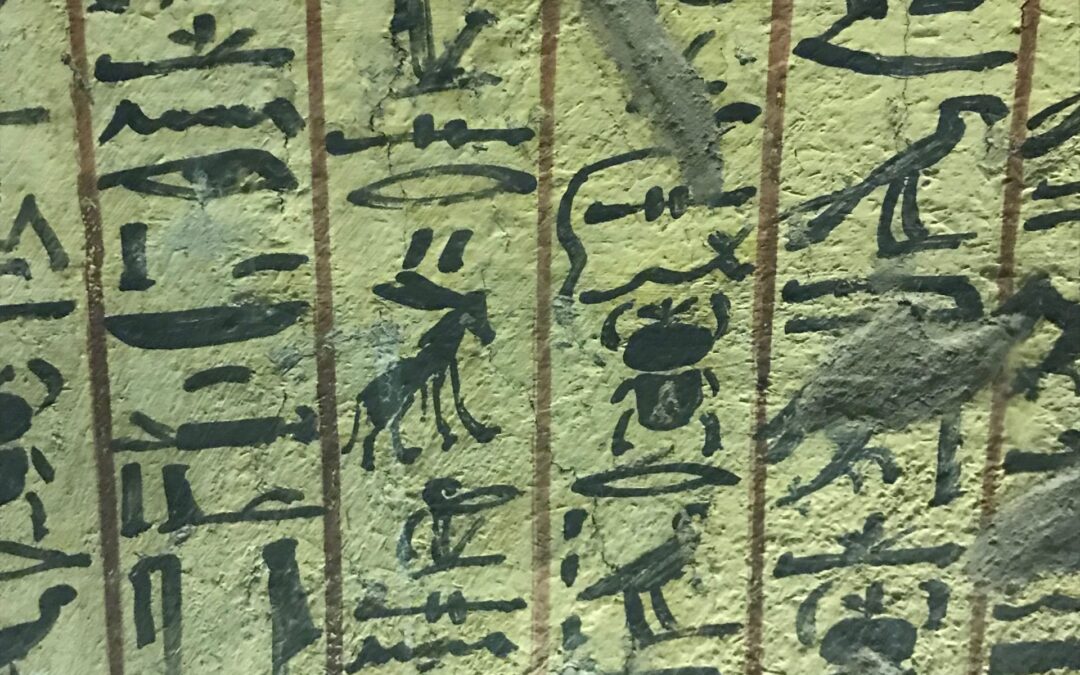
24 april 2024 | Hiëroglifische handschriften in Deir el-Medina
Het onderzoeksproject Hieroglyphic Hands at Deir el-Medina, in 2018 opgezet door dr. Elizabeth Bettles en dr. Ben Haring vanuit de Universiteit Leiden, richt zich op het onderzoeken van hiëroglifische handschriften in de Ramessidische tombes van Deir el-Medina. In het opgravingsseizoen van 2024 (afgelopen januari-februari) hebben Elizabeth Bettles en Kiki Freriks het onderzoek voortgezet in de tombe van Pashedu (TT3). In deze lezing zal het onderzoeksproject verder worden toegelicht, en de voorlopige resultaten van het recente onderzoek gepresenteerd worden.
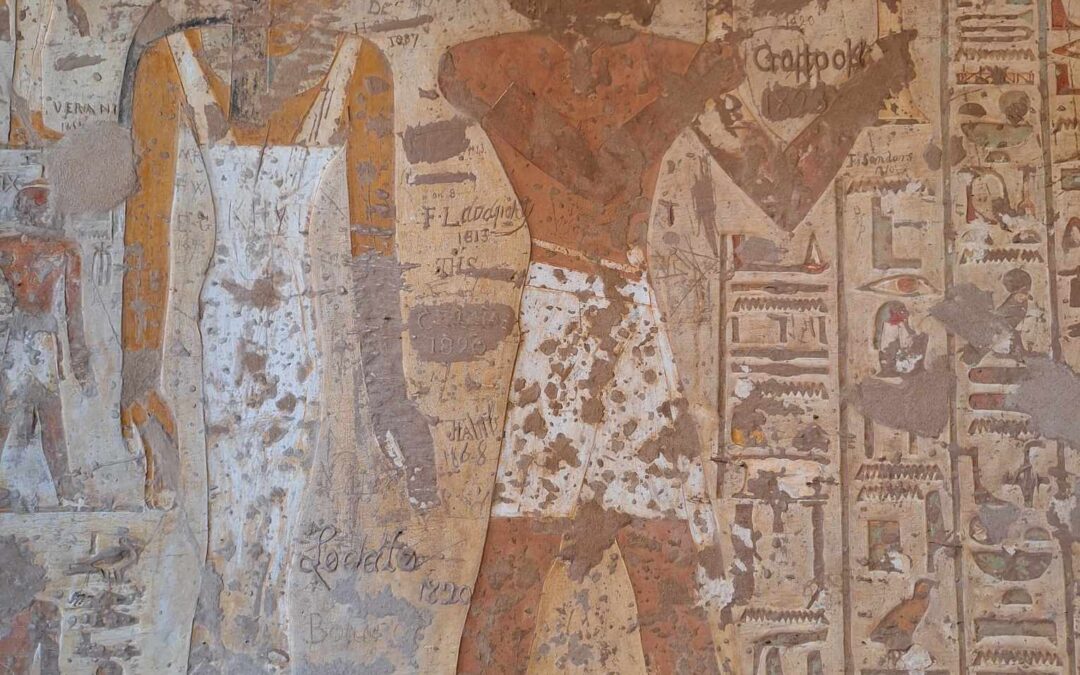
Mei & juni 2024| Cursus Middelegyptisch voor beginners
In deze online cursus krijgt u een inleiding in het Middelegyptisch. In 10 lessen maakt u kennis met de basisgrammatica van deze taalfase en leert u hoe de Egyptische taal werkt. Ook leert u over de geschiedenis van Egypte en kunt u de namen van farao’s herkennen op objecten in het museum. Aan het einde van de lessenreeks gaan we op excursie naar het Koninklijke Museum van Kunst en Geschiedenis in Brussel. Hier kunt u uw kennis in de praktijk toepassen door het lezen van stèles in het museum.
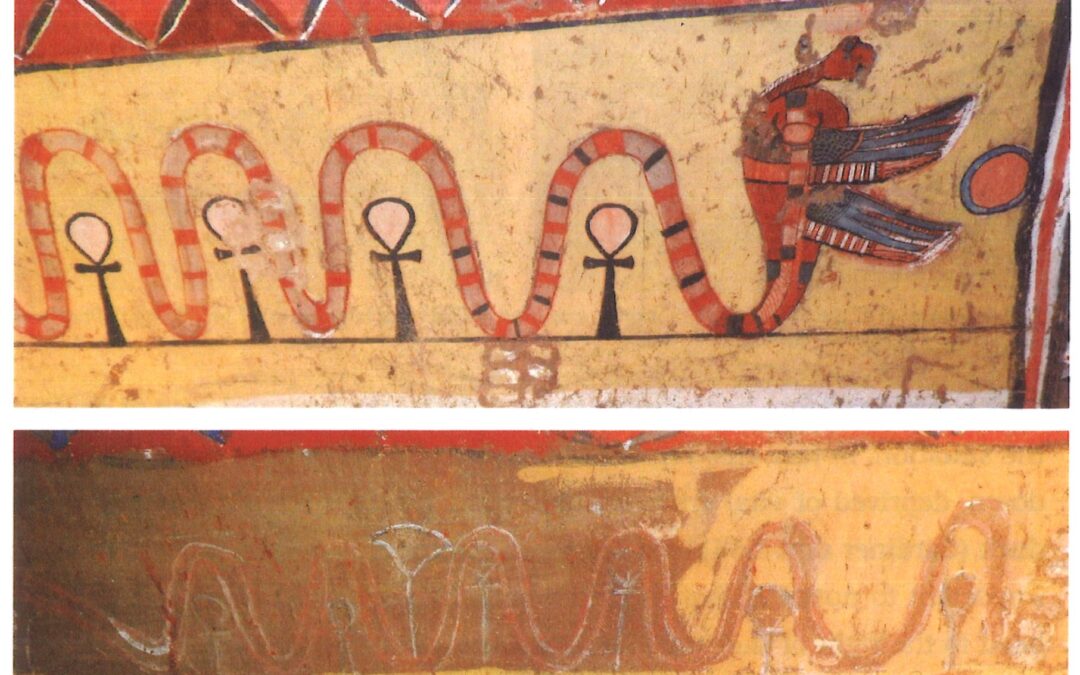
21 februari 2024 | Hieroglyphen ohne Worte
In het Faraonische Egypte en daarbuiten kon op verschillende manieren met hiërogliefen worden omgegaan. Buiten grammaticaal volledige teksten in reguliere spelling werden hiërogliefen bijvoorbeeld gebruikt als afkortingen en emblemen. Anderzijds konden teksten opzettelijk moeilijker worden gemaakt door verwisseling en gewijzigde samenstelling van tekens. Daarnaast werden hiërogliefen gebruikt door mensen met een beperkte kennis van het schrift, en zelfs voor het schrijven van niet-Egyptische teksten. Deze zeer uiteenlopende gevallen getuigen alle van creativiteit; sommige ook van een bijzonder taalkundig bewustzijn.
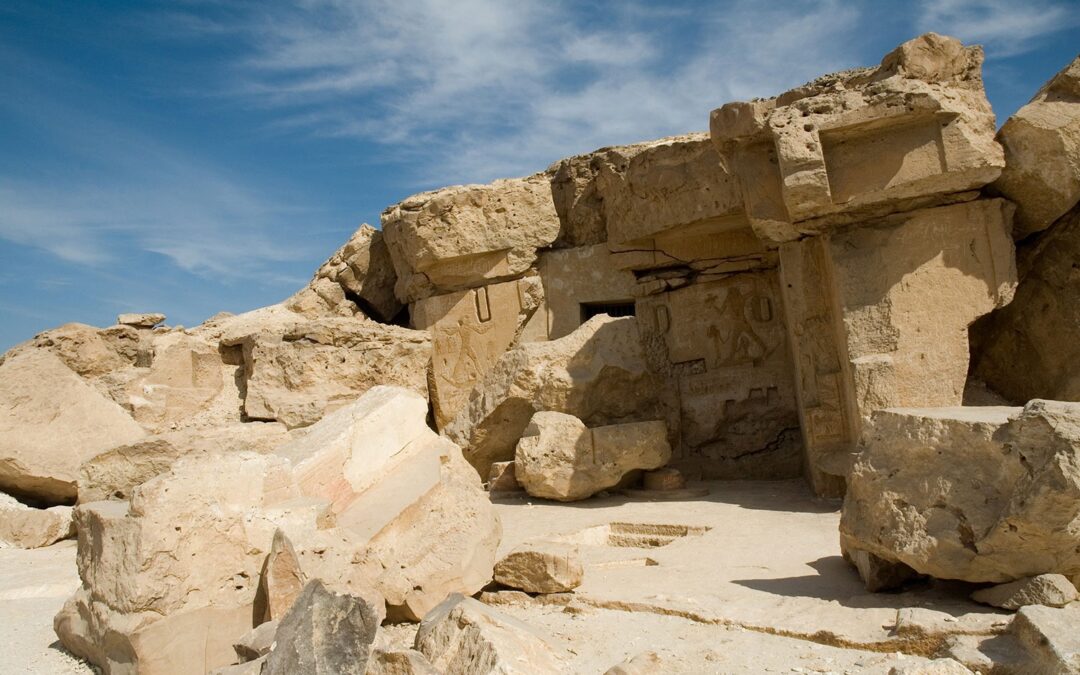
30 januari 2024 | Djehoetihotep in detail
Het grafcomplex van gouverneur Djehoetihotep in Dayr al-Barsha is een indrukwekkende getuige uit het Egyptische Middenrijk. Meer dan een eeuw nadat Howard Carter de muurschilderingen ervan tekende, bestudeerden Toon Sykora en zijn collega’s het graf opnieuw. Nieuwe digitale technieken maken het mogelijk om de muurschilderingen en reliëfs van de tombe in detail onder de loep te nemen. Ze onthullen intrigerende verhalen over het Egypte van bijna 4000 jaar geleden: over een protserige gouverneur, een kolossale onderneming en een eigenzinnige kunstenaar.
